39 shuffle data and labels python
python - Randomly shuffle data and labels from different files in the ... In other way, how can l shuffle my labels and data in the same order. import numpy as np data=np.genfromtxt ("dataset.csv", delimiter=',') classes=np.genfromtxt ("labels.csv",dtype=np.str , delimiter='\t') x=np.random.shuffle (data) y=x [classes] do this preserves the order of shuffling ? python numpy random shuffle Share Improve this question Splitting data set in Python | Python for Data Science | Day 11 The Data Monk Youtube channel - Here you will get only those videos that are asked in interviews for Data Analysts, Data Scientists, Machine Learning Engineers, Business Intelligence Engineers, Analytics Manager, etc. Go through the watchlist which makes you uncomfortable:-All the list of 200 videos Complete Python Playlist for Data Science
stanford.edu › ~shervine › blogA detailed example of data generators with Keras Create a dictionary called labels where for each ID of the dataset, the associated label is given by labels[ID] For example, let's say that our training set contains id-1, id-2 and id-3 with respective labels 0, 1 and 2, with a validation set containing id-4 with label 1. In that case, the Python variables partition and labels look like

Shuffle data and labels python
Loading own train data and labels in dataloader using pytorch? # create a dataset like the one you describe from sklearn.datasets import make_classification x,y = make_classification () # load necessary pytorch packages from torch.utils.data import dataloader, tensordataset from torch import tensor # create dataset from several tensors with matching first dimension # samples will be drawn from the first … Python Shuffle List | Shuffle a Deck of Card - Python Pool The concept of shuffle in Python comes from shuffling deck of cards. Shuffling is a procedure used to randomize a deck of playing cards to provide an element of chance in card games. Shuffling is often followed by a cut, to help ensure that the shuffler has not manipulated the outcome. In Python, the shuffle list is used to get a completely ... Shuffling Rows in Pandas DataFrames - Towards Data Science The first option you have for shuffling pandas DataFrames is the panads.DataFrame.sample method that returns a random sample of items. In this method you can specify either the exact number or the fraction of records that you wish to sample. Since we want to shuffle the whole DataFrame, we are going to use frac=1 so that all records are returned.
Shuffle data and labels python. Python random.shuffle() to Shuffle List, String - PYnative Use the below steps to shuffle a list in Python Create a list Create a list using a list () constructor. For example, list1 = list ( [10, 20, 'a', 'b']) Import random module Use a random module to perform the random generations on a list Use the shuffle () function of a random module How to randomly shuffle data and target in python? If you're looking for a sync/ unison shuffle you can use the following func. def unisonShuffleDataset (a, b): assert len (a) == len (b) p = np.random.permutation (len (a)) return a [p], b [p] the one above is only for 2 numpy. One can extend to more than 2 by adding the number of input vars on the func. and also on the return of the function. Shuffle an array in Python - GeeksforGeeks Python | Shuffle two lists with same order. 25, Sep 19. numpy.random.shuffle() in python. 04, Aug 20. Ways to shuffle a Tuple in Python. 20, Aug 20. ... Data Structures & Algorithms- Self Paced Course. View Details. Complete Interview Preparation- Self Paced Course. View Details. Improve your Coding Skills with Practice Python: Shuffle a List (Randomize Python List Elements) - datagy The random.shuffle () function makes it easy to shuffle a list's items in Python. Because the function works in-place, we do not need to reassign the list to itself, but it allows us to easily randomize list elements. Let's take a look at what this looks like: # Shuffle a list using random.shuffle () import random
Sklearn.StratifiedShuffleSplit() function in Python Step 2) Load the dataset and identify the dependent and independent variables. The dataset can be downloaded from here. Python3 churn_df = pd.read_csv (r"ChurnData.csv") X = churn_df [ ['tenure', 'age', 'address', 'income', 'ed', 'employ', 'equip', 'callcard', 'wireless']] y = churn_df ['churn'].astype ('int') Step 3) Pre-process data. Python3 python - how to properly shuffle my data in Tensorflow - Stack Overflow I'm trying to shuffle my data with the command in Tensorflow. The image data is matched to the labels. if I use the command like this: shuffle_seed = 10 images = tf.random.shuffle (images, seed=shuffle_seed) labels = tf.random.shuffle (labels, seed=shuffle_seed) Will they still match each other?. If they don't how can I shuffle my data? python › api_docs › pythontf.data.Dataset | TensorFlow v2.10.0 Represents a potentially large set of elements. Overview; ResizeMethod; adjust_brightness; adjust_contrast; adjust_gamma; adjust_hue › model-validation-in-pythonMODEL VALIDATION IN PYTHON | Data Vedas Jun 19, 2018 · Shuffle Split K-Fold Cross-Validation. It is a variant of K-Fold Cross Validation which randomly splits the data so that no observation is left while cross-validating the dataset. Here you can specify the size of the test dataset and n_splits specify the number of times the process of splitting will take place. Running Shuffle Split and ...
How to Shuffle Pandas Dataframe Rows in Python • datagy In order to do this, we apply the sample method to our dataframe and tell the method to return the entire dataframe by passing in frac=1. This instructs Pandas to return 100% of the dataframe. Let's try this out in Pandas: shuffled = df.sample(frac=1) print(shuffled) # 1 Kate Female 95 95 # 5 Kyra Female 85 85 PyTorch Dataloader + Examples - Python Guides In this section, we will learn about how the PyTorch dataloader works in python. The Dataloader is defined as a process that combines the dataset and supplies an iteration over the given dataset. Dataloader is also used to import or export the data. Shuffling multiple lists in Python | Wadie Skaf | Towards Dev Shuffling a list has various uses in programming, particularly in data science, where it is always beneficial to shuffle the training data after each epoch so that the model does not have the data in the same order and hence learn more. In Python, shuffling a list is quite simple: import random l = ['this', 'is', 'an', 'example', 'list] Python | Ways to shuffle a list - GeeksforGeeks Method #1 : Fisher-Yates shuffle Algorithm This is one of the famous algorithms that is mainly employed to shuffle a sequence of numbers in python. This algorithm just takes the higher index value, and swaps it with current value, this process repeats in a loop till end of the list. Python3 import random test_list = [1, 4, 5, 6, 3]
Python Number shuffle() Method - tutorialspoint.com Description. Python number method shuffle() randomizes the items of a list in place.. Syntax. Following is the syntax for shuffle() method −. shuffle (lst ) Note − This function is not accessible directly, so we need to import shuffle module and then we need to call this function using random static object.. Parameters. lst − This could be a list or tuple. ...
› pandas-how-to-shuffle-aPandas - How to shuffle a DataFrame rows - GeeksforGeeks Shuffle the rows of the DataFrame using the sample () method with the parameter frac as 1, it determines what fraction of total instances need to be returned. Print the original and the shuffled DataFrames. import pandas as pd import numpy as np ODI_runs = {'name': ['Tendulkar', 'Sangakkara', 'Ponting', 'Jayasurya', 'Jayawardene', 'Kohli',
11 Amazing NumPy Shuffle Examples - Like Geeks Let us shuffle a Python list using the np.random.shuffle method. a = [5.4, 10.2, "hello", 9.8, 12, "world"] print (f"a = {a}") np.random.shuffle (a) print (f"shuffle a = {a}") Output: If we want to shuffle a string or a tuple, we can either first convert it to a list, shuffle it and then convert it back to string/tuple;
Shuffle, Split, and Stack NumPy Arrays in Python - Medium # shuffle the same array as before, in place np.random.shuffle(animals) # slice the first-n and rest-of-n of an array tst = animals[:8, ] trn = animals[8:, ] Split Array. Previously, we split the entire dataset, but what about the array, column-wise? In the example animals array, columns 0, 1, and 2 are the features and column 3 is the target.
machinelearningmastery.com › handle-missing-dataHow to Handle Missing Data with Python - Machine Learning Mastery Real-world data often has missing values. Data can have missing values for a number of reasons such as observations that were not recorded and data corruption. Handling missing data is important as many machine learning algorithms do not support data with missing values. In this tutorial, you will discover how to handle missing data for […]
keras.io › api › preprocessingText data preprocessing - Keras labels: Either "inferred" (labels are generated from the directory structure), None (no labels), or a list/tuple of integer labels of the same size as the number of text files found in the directory. Labels should be sorted according to the alphanumeric order of the text file paths (obtained via os.walk(directory) in Python).
How to randomize a list in python? Explained by FAQ Blog How do you shuffle data and labels in Python? Approach 1: Using the number of elements in your data, generate a random index using function permutation(). Use that random index to shuffle the data and labels. Approach 2: You can also use the shuffle() module of sklearn to randomize the data and labels in the same order.
Shuffle in Python - Javatpoint Explanation. In the first step, we have imported the random module. After this, we have an initialized list that contains different numeric values. In the next step, we used the shuffle () and passed 'list_values1' as a parameter. Finally, we have displayed the shuffled list in the output.
› guide › datatf.data: Build TensorFlow input pipelines | TensorFlow Core Sep 09, 2022 · Consuming Python generators. Another common data source that can easily be ingested as a tf.data.Dataset is the python generator. Caution: While this is a convenient approach it has limited portability and scalability. It must run in the same python process that created the generator, and is still subject to the Python GIL.
Pandas Shuffle DataFrame Rows Examples - Spark by {Examples} By using pandas.DataFrame.sample() method you can shuffle the DataFrame rows randomly, if you are using the NumPy module you can use the permutation() method to change the order of the rows also called the shuffle. Python also has other packages like sklearn that has a method shuffle() to shuffle the order of rows in DataFrame. 1. Create a DataFrame with a Dictionary of Lists
python randomly shuffle rows of pandas dataframe Code Example - IQCode.com python randomly shuffle rows of pandas dataframe. # Basic syntax: df = df.sample (frac=1, random_state=1).reset_index (drop=True) # Where: # - frac=1 specifies returning 100% of the original rows of the # dataframe (in random order). Change to a decimal (e.g. 0.5) if # you want to sample say, 50% of the original rows # - random_state=1 sets the ...
Python - How to shuffle two related lists (training data and labels ... answered Oct 21, 2019 by pkumar81 (92.4k points) You can try one of the following two approaches to shuffle both data and labels in the same order. Approach 1: Using the number of elements in your data, generate a random index using function permutation (). Use that random index to shuffle the data and labels. >>> import numpy as np
How to randomize a list in python? - Fireside Grill and Bar How do you shuffle two lists in Python? Method : Using zip() + shuffle() + * operator In this method, this task is performed in three steps. Firstly, the lists are zipped together using zip() . Next step is to perform shuffle using inbuilt shuffle() and last step is to unzip the lists to separate lists using * operator. How do you shuffle lists?
Python | Shuffle two lists with same order - GeeksforGeeks Method : Using zip () + shuffle () + * operator In this method, this task is performed in three steps. Firstly, the lists are zipped together using zip (). Next step is to perform shuffle using inbuilt shuffle () and last step is to unzip the lists to separate lists using * operator. Python3 import random test_list1 = [6, 4, 8, 9, 10]
Python Random shuffle() Method - W3Schools The shuffle () method takes a sequence, like a list, and reorganize the order of the items. Note: This method changes the original list, it does not return a new list. Syntax random.shuffle ( sequence, function ) Parameter Values More Examples Example You can define your own function to weigh or specify the result.
PyTorch DataLoader shuffle - Python - Tutorialink I did an experiment and I did not get the result I was expecting. For the first part, I am using. 3. 1. trainloader = torch.utils.data.DataLoader(trainset, batch_size=128, 2. shuffle=False, num_workers=0) 3. I save trainloader.dataset.targets to the variable a, and trainloader.dataset.data to the variable b before training my model.
Shuffling Rows in Pandas DataFrames - Towards Data Science The first option you have for shuffling pandas DataFrames is the panads.DataFrame.sample method that returns a random sample of items. In this method you can specify either the exact number or the fraction of records that you wish to sample. Since we want to shuffle the whole DataFrame, we are going to use frac=1 so that all records are returned.
Python Shuffle List | Shuffle a Deck of Card - Python Pool The concept of shuffle in Python comes from shuffling deck of cards. Shuffling is a procedure used to randomize a deck of playing cards to provide an element of chance in card games. Shuffling is often followed by a cut, to help ensure that the shuffler has not manipulated the outcome. In Python, the shuffle list is used to get a completely ...
Loading own train data and labels in dataloader using pytorch? # create a dataset like the one you describe from sklearn.datasets import make_classification x,y = make_classification () # load necessary pytorch packages from torch.utils.data import dataloader, tensordataset from torch import tensor # create dataset from several tensors with matching first dimension # samples will be drawn from the first …

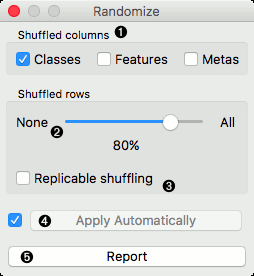


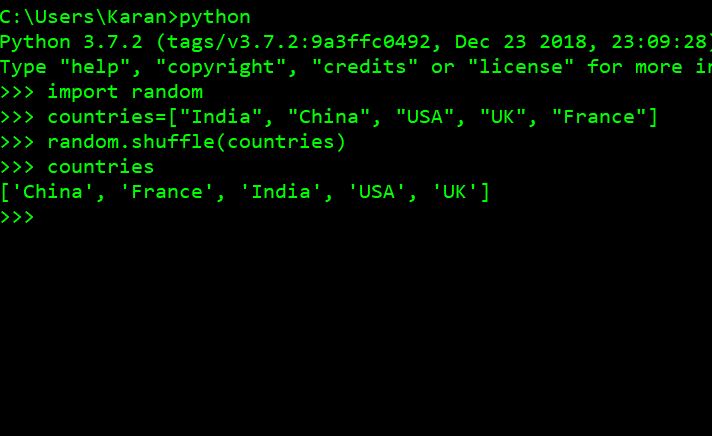
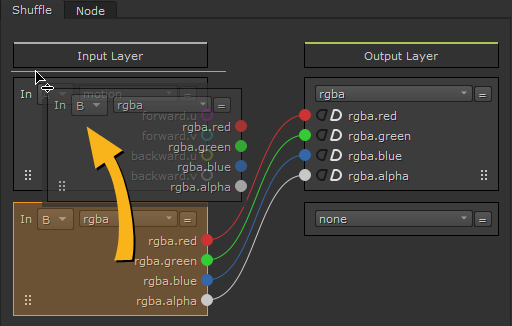


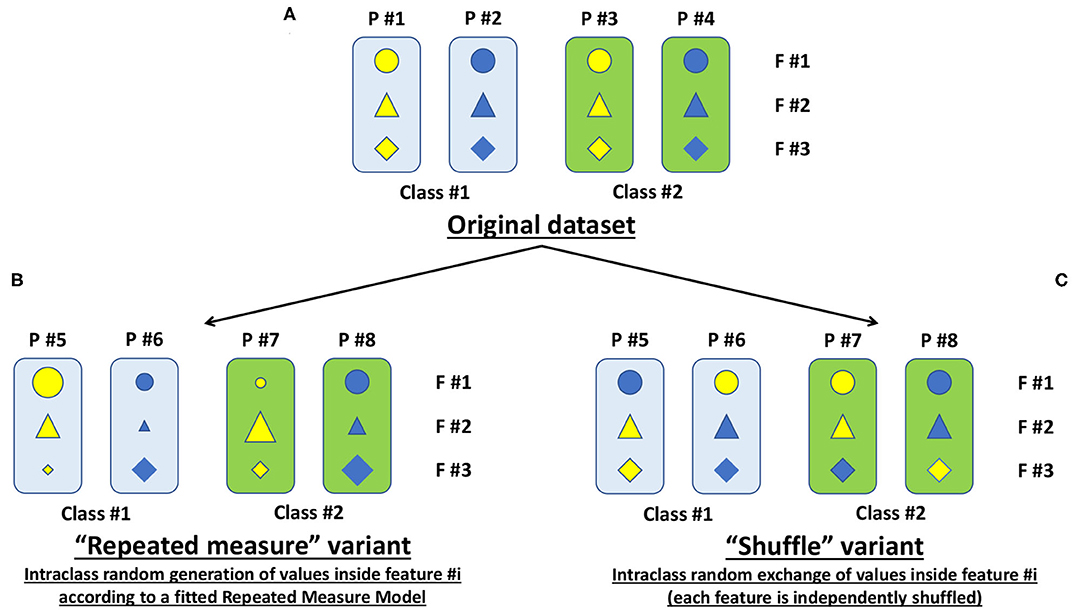
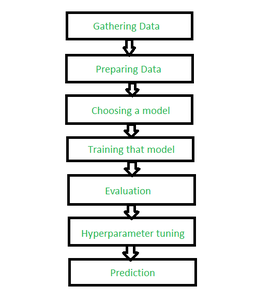
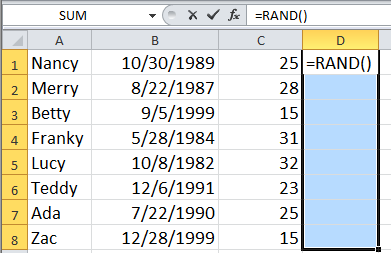




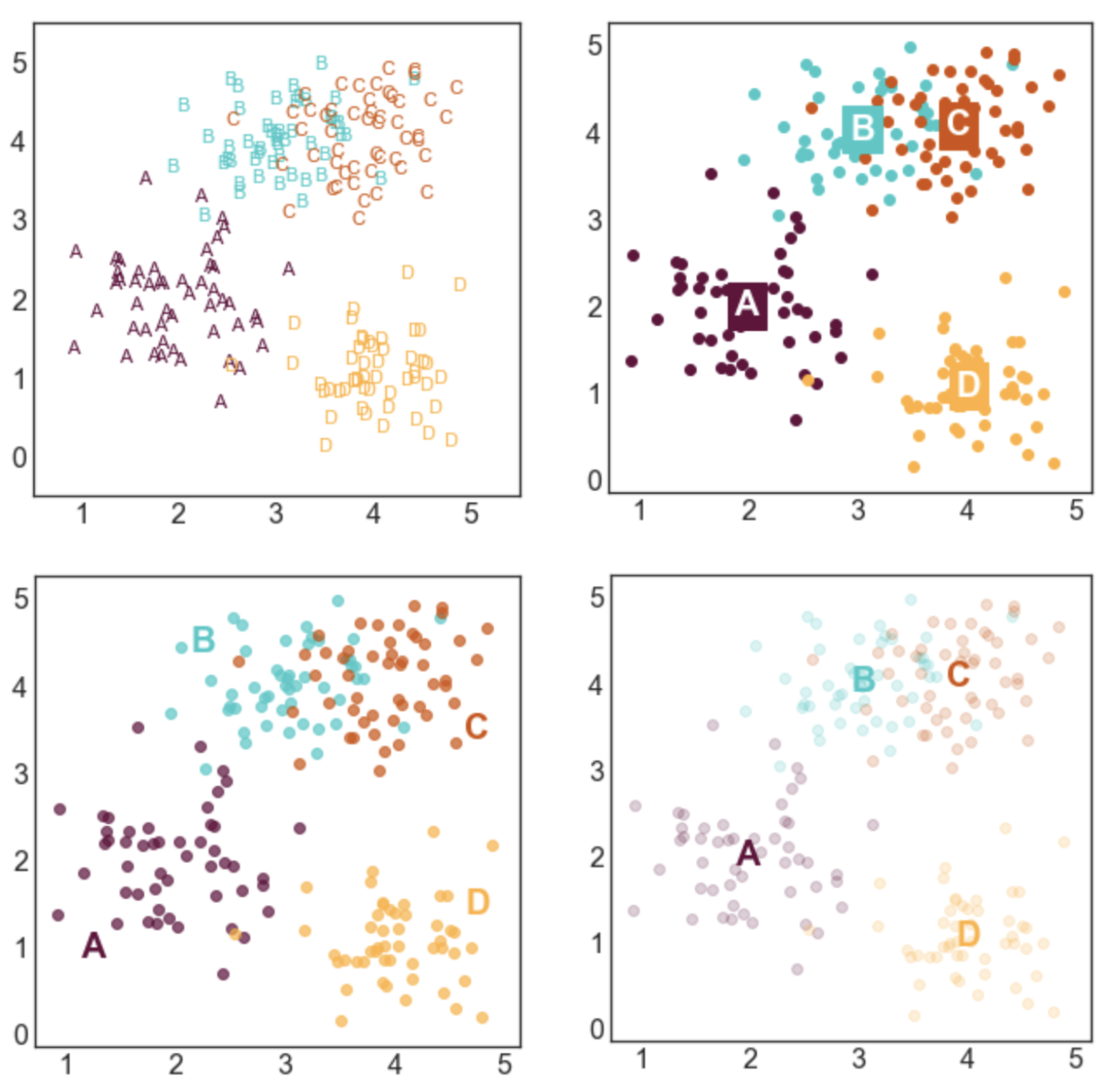




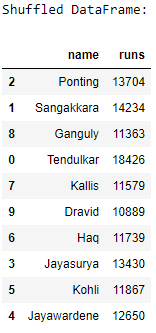
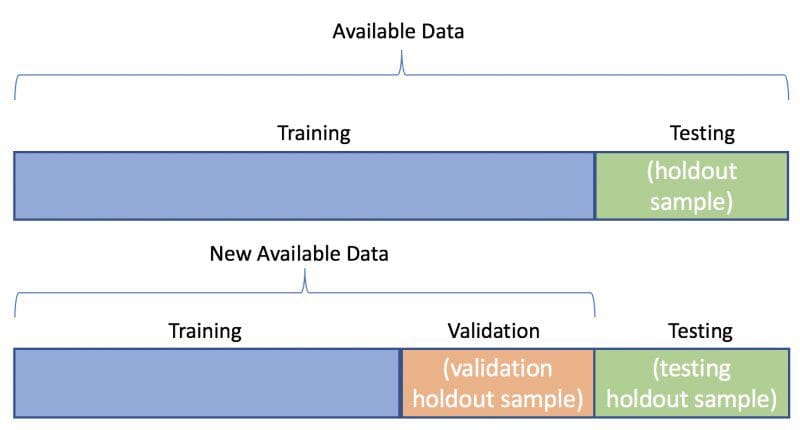

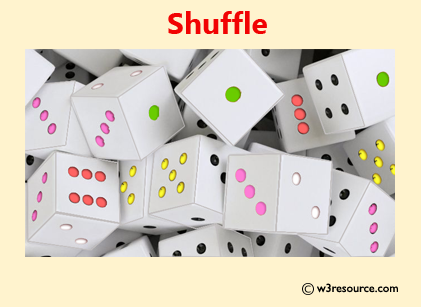


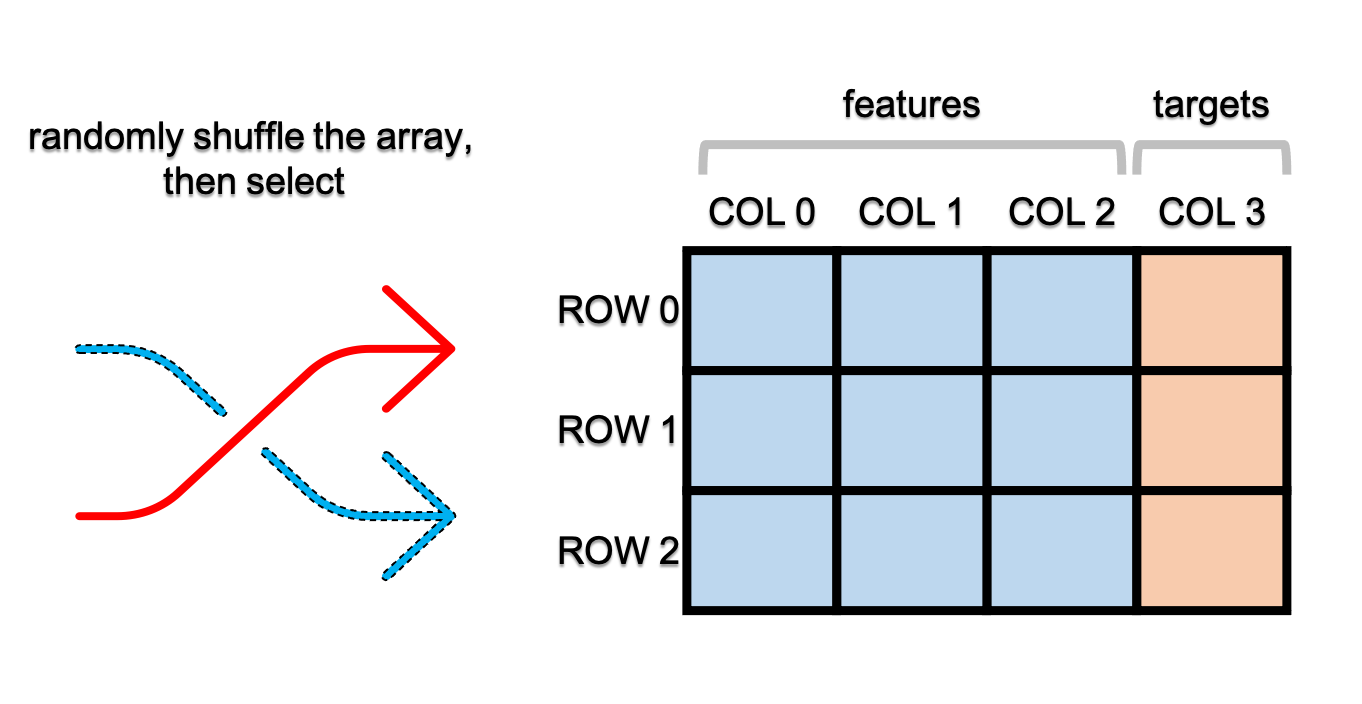


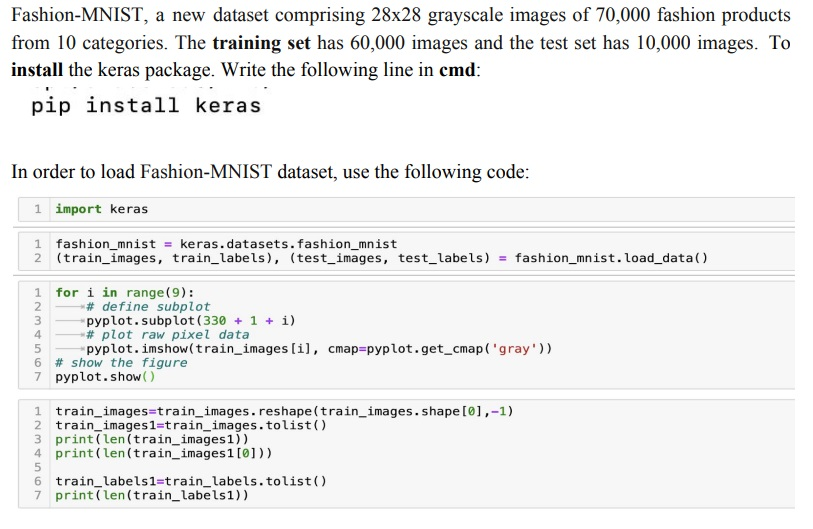
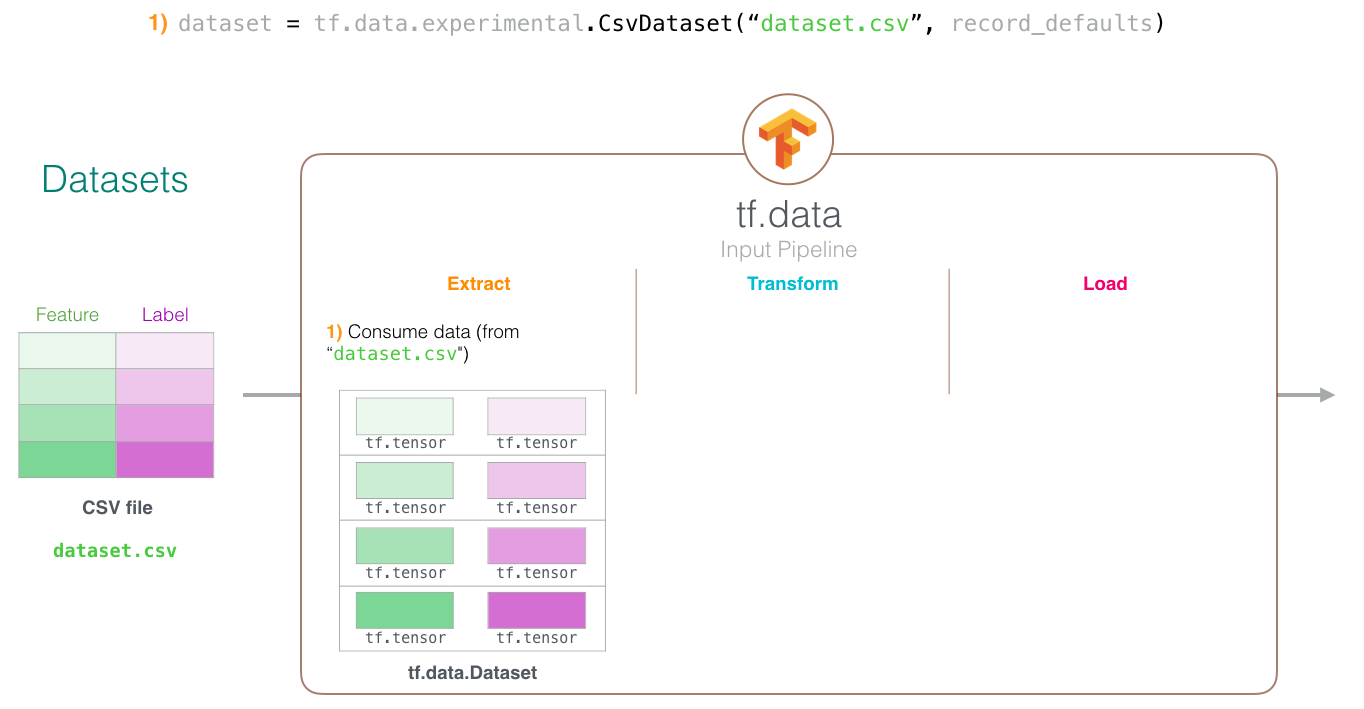
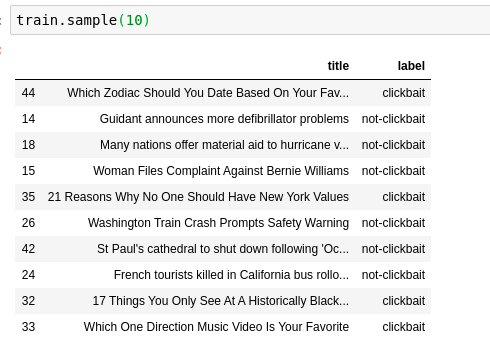
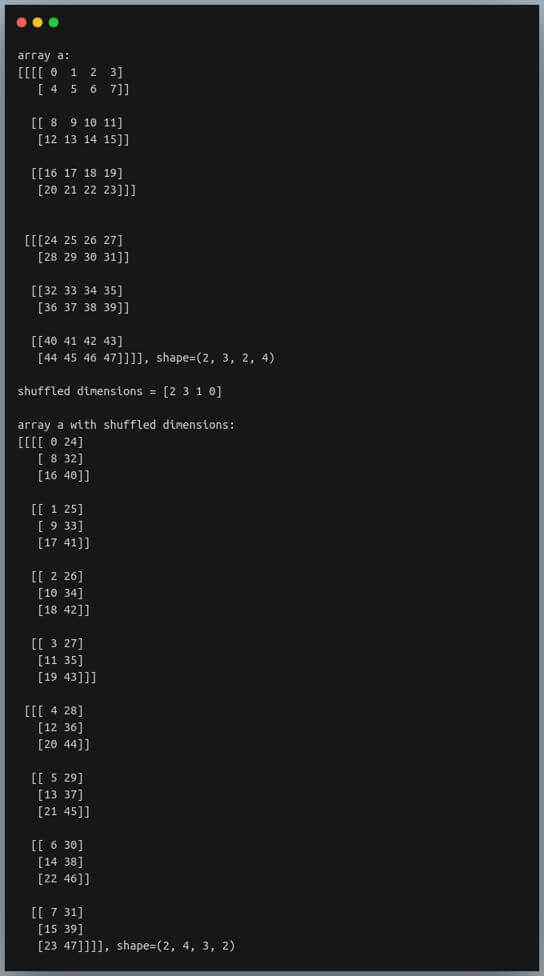
Post a Comment for "39 shuffle data and labels python"